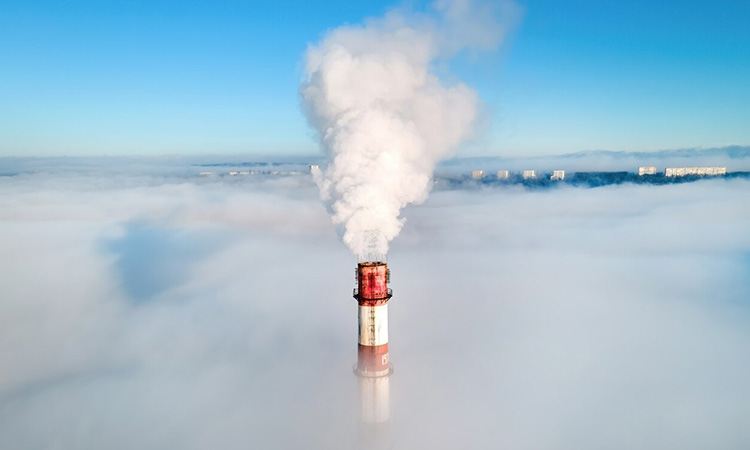Greenhouse gases (GHGs) play a critical role in shaping our planet’s climate. These gases, primarily carbon dioxide (CO2), methane (CH4), nitrous oxide (N2O), and fluorinated gases, trap heat in the Earth’s atmosphere, creating a natural phenomenon known as the greenhouse effect. This article delves into what greenhouse gases are, their sources, and their impact on global warming.
What Are Greenhouse Gases?
Greenhouse gases are a group of compounds that are capable of trapping heat in the Earth’s atmosphere, thus keeping the planet warm enough to support life. This natural greenhouse effect is crucial for life on Earth. However, human activities have intensified this effect, leading to global warming and climate change.
Major Greenhouse Gases and Their Sources
- Carbon Dioxide (CO2): The most prevalent GHG, CO2, is released primarily through burning fossil fuels (like coal, natural gas, and oil), deforestation, and other industrial processes.
- Methane (CH4): Methane is more potent than CO2 in trapping heat but has a shorter life in the atmosphere. It’s emitted during the production and transport of coal, oil, and natural gas. Additionally, it’s released by livestock and other agricultural practices, as well as by the decay of organic waste in landfills.
- Nitrous Oxide (N2O): A powerful GHG, N2O is emitted from agricultural and industrial activities, as well as during combustion of fossil fuels and solid waste.
- Fluorinated Gases: These synthetic gases are emitted from a variety of industrial processes and are used in air conditioning and refrigeration. They are much less common than CO2 but are significantly more potent in their ability to trap heat.
The Impact of Greenhouse Gases on Climate Change
The increased concentration of GHGs in the atmosphere has led to a rise in global temperatures, a phenomenon widely known as global warming. This warming has numerous effects on the environment, including:
- Melting ice caps and rising sea levels
- More extreme weather events like hurricanes and droughts
- Changes in precipitation patterns affecting agriculture
- Disruption of ecosystems and wildlife
Mitigating the Impact of Greenhouse Gases
Addressing the challenge of GHGs involves:
- Reducing fossil fuel consumption and switching to renewable energy sources.
- Enhancing energy efficiency in homes, industries, and transportation.
- Promoting sustainable agricultural practices and forest management.
- Developing and implementing technologies to capture and store carbon emissions.
- Encouraging individual actions, like reducing waste, conserving energy, and adopting a more plant-based diet.
A Collective Effort
Tackling the issue of greenhouse gases is not just the responsibility of governments and industries; it involves a collective effort from every individual. By understanding the role and impact of GHGs, we can take informed actions to reduce emissions and help mitigate climate change. The choices we make today will shape the health of our planet for future generations.
Next On Your Reading List:


